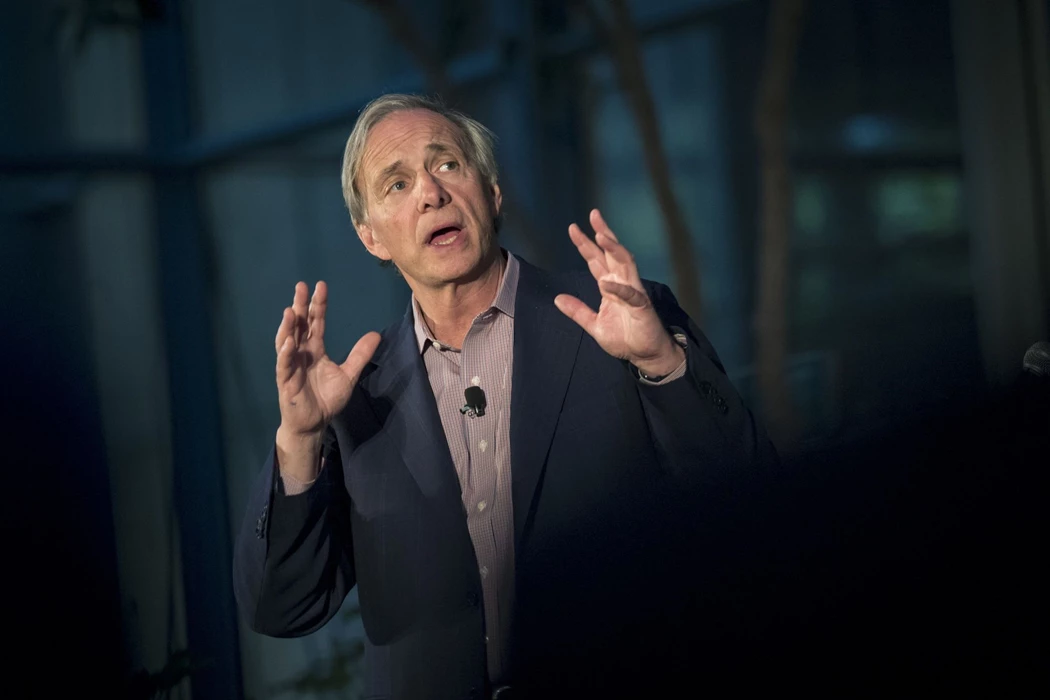Bridgewater Sets a Path for Net-Zero Investors
(Bloomberg) -- Bridgewater Associates LP, the world’s biggest hedge fund manager, is taking a swing at the issue of climate-conscious investing.
In a new report entitled “Pursuing Net-Zero Goals in Public Equities,” Bridgewater outlines ways of aligning stock portfolios with financial and sustainability goals. Last year, the firm introduced what it calls investment solutions aimed at doing just that.
“Investors with net-zero goals can’t just run away from the challenges of decarbonization—they should run towards it,” says Carsten Stendevad, the Westport, Connecticut-based money manager’s co-chief investment officer for sustainability.
Bridgewater, which oversees about $150 billion of assets, starts from the standpoint that publicly traded companies in 11 emissions-intensive industries are responsible for about 60% of global greenhouse-gas emissions. Given this backdrop, Bridgewater argues that investors should be allocating funds to these sectors, not avoiding them (assuming the companies’ underlying financials are in good shape).
Stendevad breaks the group in two: companies with “carbon-solution” products and services that are already contributing to a cleaner world; and “carbon improvers,” or businesses that have a “clear and credible” path to reducing their emissions in line with global net-zero scenarios.
In the “carbon-solutions” bucket are things like utilities, which can contribute to the climate transition by generating power from renewables instead of fossil fuels; railroads, which offer an energy-efficient substitute for moving goods relative to airplanes and trucks; and construction companies, which make insulation materials to reduce emissions from heating and cooling.
“Carbon improvers,” according to Bridgewater, would be an aluminum producer switching to hydropower from coal or a car manufacturer shifting to electric vehicles.
Stendevad declined to identify specific companies.
Going from identifying sectors to selecting what stocks to buy requires “a rigorous process of company-by-company sustainability and financial assessments,” Stendevad said. It’s research that will lead to investors with net-zero commitments supporting “emissions reductions in the real world,” he added.
Bridgewater, founded by billionaire investor Ray Dalio, estimates electricity and heating are the largest producers of greenhouse-gas emissions globally, followed by transportation and industrial activity. Some of the companies in these groups are already taking concrete steps on the carbon-solutions front, according to Bridgewater.
In the public markets, Stendevad said the investable universe for climate solutions from emissions-intensive businesses is roughly $2.5 trillion. The number will grow as new technologies such as carbon capture become increasingly scalable, he said.
As for carbon improvers, the key will be assessing “the intent of the companies’ transition plans, the feasibility of their announced plans, concrete actions taken to support those plans, and, of course, progress toward the goals,” Stendevad said.
A big hurdle, however, is that environmental (and social) standards for corporate reporting are still evolving, leaving room for companies to exaggerate their accomplishments. So in the end, the onus is on investors to make sure they aren’t being greenwashed.
More stories like this are available on bloomberg.com
©2022 Bloomberg L.P.





